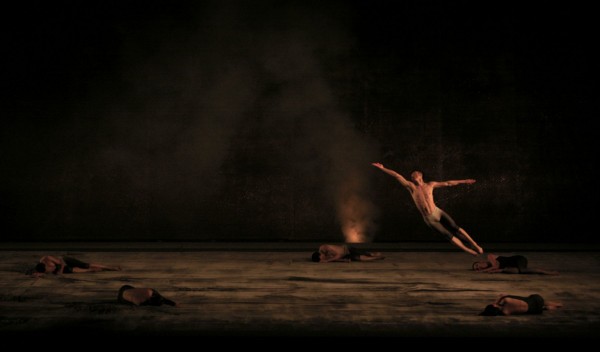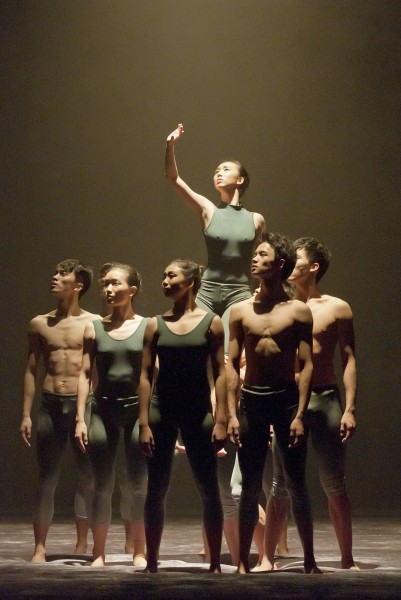
Beijing Dance Theater makes its U.S. debut at BAM’s Next Wave Festival with HAZE (photo by Tan Shaoyuan)
BAM Next Wave Festival
BAM Harvey Theater
651 Fulton St.
October 19-22, $16-$50, 7:30 (October 20 performance reviewed)
718-636-4100
www.bam.org
In October 2005, the BAM Next Wave Festival presented Zhang Yimou’s lush transformation of his 1991 film, Raise the Red Lantern, into a sumptuous ballet choreographed by Wang Xinpeng and Wang Yuanyuan. A former resident choreographer for the National Ballet of China who also participated in the opening ceremonies of the 2008 Beijing Olympics (with Zhang), Yuanyuan is now back at the Next Wave Festival with the U.S. premiere of Haze, performed by Beijing Dance Theater, which she began in December 2008 with lighting designer Han Jiang and set designer Tan Shaoyuan. BJD seeks to meld traditional ballet, Chinese folklore and history, and contemporary dance into a more modern experience. Running approximately seventy minutes, Haze is a piece for fourteen dancers, set to music by Henryk Górecki and Biosphere.
Update: Beijing Dance Theater made its U.S. debut with Haze, an often beautiful but repetitive and dispassionate abstract exploration of the current environmental and economic crises facing China. The production is set on a spongy surface that allows the company of seventeen dancers to jump, roll, and dive in unusual ways but also limits other type of more traditional movements; the result is that the performers are often slightly but noticeably out of sync. The soundtrack, by Henryk Górecki and Biosphere, primarily consists of overbearing, overly emotional electronic drones that hover over the dancers like a thick cloud, battling it out with a smoke machine that creates a constant haze. Choreographer Wang Yuanyuan has come up with some wonderfully creative moves, and watching the dancers’ feet submerge into the floor evokes a visceral feeling, adding a shared physicality between performer and audience. Wang has divided Haze into three sections, “Light,” “City,” and “Shore,” but never quite achieves the narrative flow she aspires to. Still, there is a lot to admire about Haze, which received a lengthy, rapturous standing ovation the night we attended.
